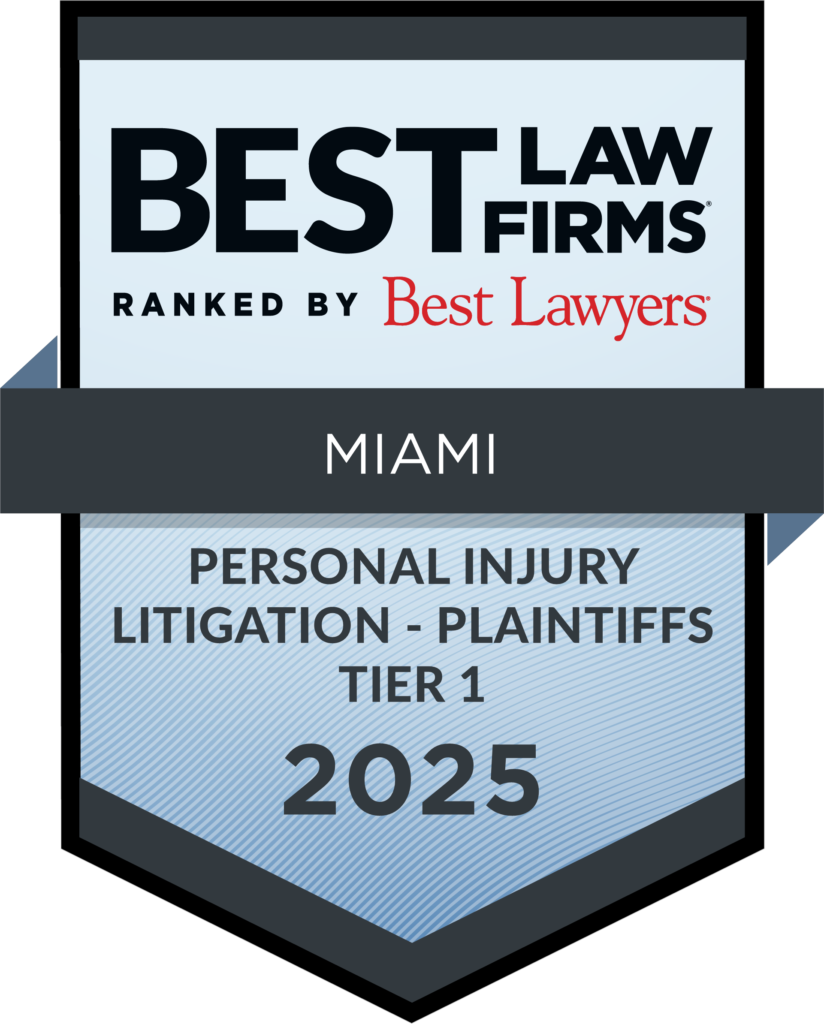Drowning is the leading cause of death for young children in Florida. Communities throughout the state are filled with rivers, lakes, canals and streams. Waterfront property is attractive, and residential communities everywhere hold out their frontage along a body of water as an asset. While often mindful of the risks posed by swimming pools, too many residential owners are not aware of the risks associated with other bodies of water.
A residential property owner in Florida will generally not be held responsible for a drowning in a natural body of water that simply is adjacent to the property.
However, encouraging the active use of the water could subject the owner to liability, as could facilitating its use to guests or the general community. If the water is not intended for swimming or other recreational activities, making changes to fencing and barriers is problematic if the barrier is not properly maintained and in accordance with applicable codes and regulations. Posting warning signage, if permitted by community regulations and applicable ordinances, can increase awareness to others to not enter the water.
If water use is encouraged and intended, as with a lake or river for fishing or waterskiing, the owners along the lake generally will not be liable to others for accidents upon the water, unless a separate act of negligence is related directly to that owner which caused or contributed to the accident.
As with any potentially dangerous condition, think about how that hazard is likely to interact with the people who visit your property. If water use is not allowed, make sure this fact is communicated to visitors. If water activities are a feature of the property, have policies in place that ensure the visitors know where, how and when access to the water is allowed, together with prominent notifications that the water is or is not being monitored by life guards.
In January 2003, our firm won a$100 million verdict in the case of a toddler who nearly drowned in her apartment complex pool because she gained access to the pool area through a broken pool gate (Hinton v. 2331 Adams Street Corp).
In August 2003, the firm made history again by attaining a $104 million verdict in a case where a boy got trapped underwater by the suction of a defective and unsafe pool pump (Peterson v. Sta-Rite).
Our attorneys also strive for tightened safety rules for pools in homes, apartments and hotels. Our work representing victims has spurred changes in state codes and laws governing pool safety.
This cases do not have to occur.










